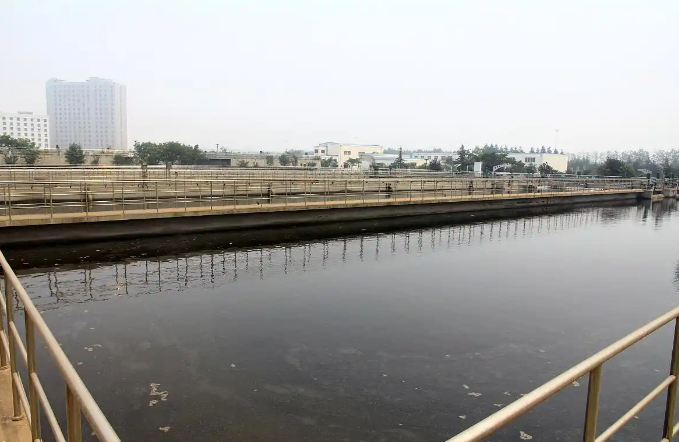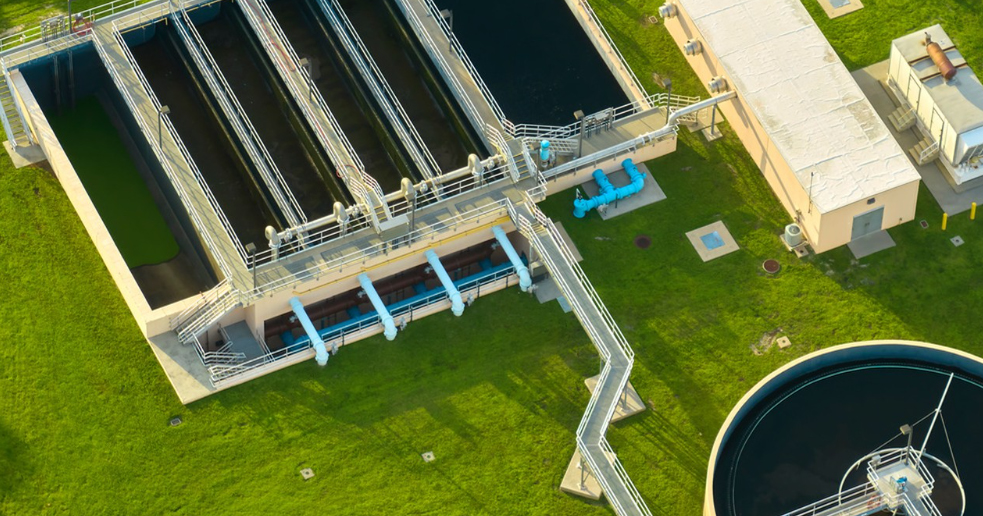Metal scavengers for cadmium removal mainly include calcium carbonate, ferric hydroxide, ferric sulfate, sodium sulfide, etc.
Specific Types and Their Applicability
1.Calcium carbonate: It is mainly applicable to cadmium, chromium and other ions in wastewater.
2.Ferric hydroxide: It is suitable for lead, chromium, copper, zinc and other ions in wastewater.
3.Ferric sulfate: It is applicable to lead, iron, copper, zinc and other ions in wastewater and has good ion - exchange and adsorption properties.
4.Sodium sulfide: It removes heavy metals, including cadmium, by forming sulfide precipitates.
Working Principle
These scavengers combine with heavy metal ions through a chemical precipitation mechanism to form insoluble precipitates, thus removing heavy metal ions. For example, sodium sulfide removes cadmium by forming sulfide precipitates.
The usage methods of metal scavengers for cadmium removal mainly include the following steps: 1.Calculate the dosage:
1.Calculate the required dosage of the heavy - metal scavenger according to the dosage recommendations in the instruction manual. If the dosage is too low, it may not achieve the desired effect, while an excessive dosage may have side - effects on the environment.
2.Dissolve and stir: Dissolve the scavenger in water and stir it evenly to ensure that the scavenger is fully dispersed. In industrial treatment of large - scale wastewater, equipment can be used to complete this step.
3.Adjust the pH value: Before using the heavy - metal scavenger, the pH value usually needs to be adjusted to the alkaline range (such as pH 10 - 11) to optimize the effect of the scavenger.
4.Add the scavenger: Put the dissolved scavenger into the water body or soil to be treated. It is recommended to disperse it as evenly as possible to ensure sufficient contact time with heavy metals.
5.Stir and mix: Through stirring and mixing, make the scavenger fully contact with the wastewater or waste gas to promote the capture and precipitation of heavy - metal ions. The stirring time is about 30 minutes.
6.Precipitation and separation: After a period of reaction, heavy - metal ions will be coagulated into precipitates. Separate the precipitates through methods such as centrifugation and filtration, thus achieving the removal of pollutants.
7.Subsequent treatment: Carry out subsequent treatments such as oil removal, neutralization, and separation as required to ensure that the wastewater or waste gas meets the environmental protection emission standards.












